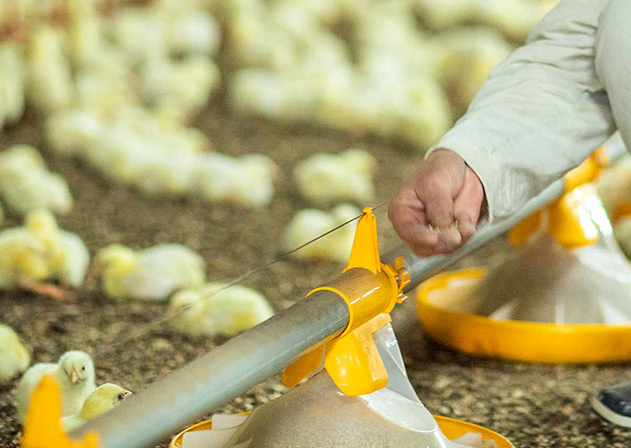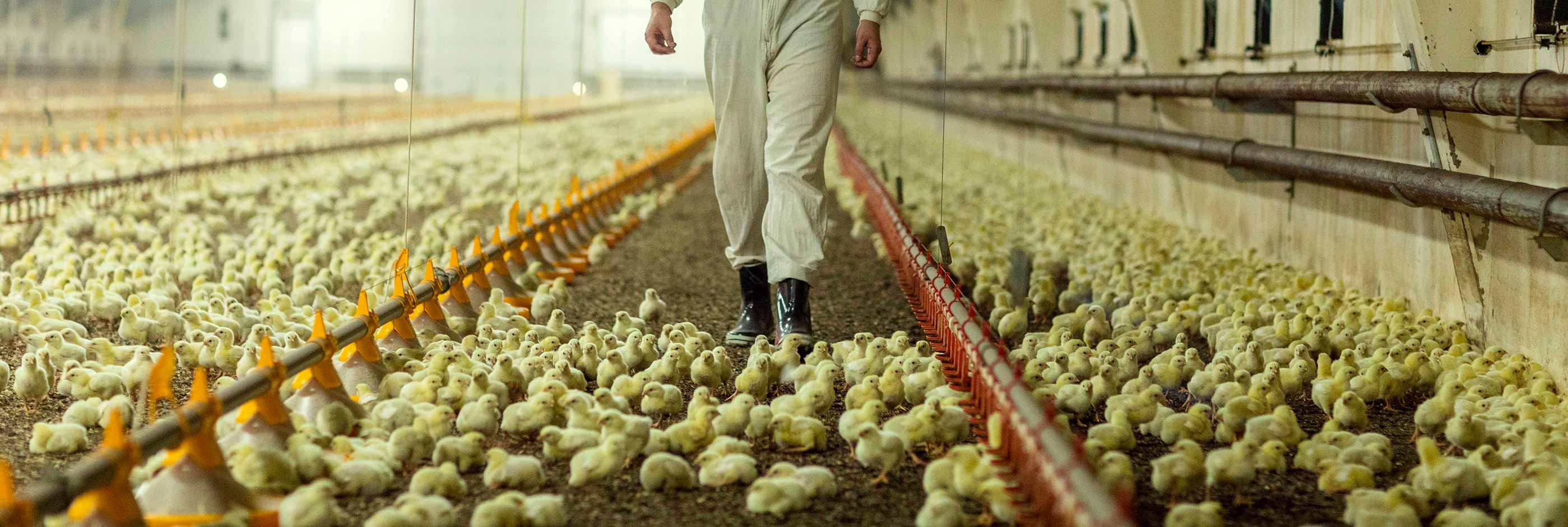Low ANF and improved ROI
The gut is the single largest immune related organ of the body and is the primary barrier between a bacterial milieu and the body per se. This barrier balances the need to support entry of nutrients through the gut wall while blocking the entry of microbes. This balance can be affected both positively and negatively by the composition of the diet along with the exposure of the body to pathogenic challenges.
Young animals experience a tremendous change in gut size and function in order to support the required absorption of nutrients with the development of size, enzymatic production and function, along with establishment of a microflora population that supports the normal functions of the gut.


Low ANF
“Gut health” has become a popular expression in the poultry science and production. But what does “Gut Health” actually mean? Gut health is a condition of homeostasis in the gastro-intestinal tract, with respect to its overall structure and function. In this sense, the quality of the feed ingredients definitely plays a crucial role.
Soybean meal (SBM), the most widely used protein source in poultry production, contains various anti-nutritional factors (ANF) that may affect intestinal homeostasis. The main anti-nutritional factors in SBM are trypsin inhibitors (TI), indigestible oligosaccharides, and β-conglycinin. Starter diets including high levels of SBM contain proportionally higher anti-nutritional factors and may indeed pose the risk of impaired gut health.
The elevated variability of the ANF content in SBM and its potential negative impact on gut health and performance highlights the importance of reducing SBM in starter feeds by replacing part of it with low ANF-content protein sources, such as Hamlet Protein poultry products.

Improved return on investment
Chicks develop and grow at an incredible rate during the first two week of life. Thus, the increasingly short broiler production cycles make the right choice of ingredients for the (pre) starter feed particularly important. In young chicks, both the digestive tract and immune system are highly immature and therefore susceptible to being harmed by high intake of suboptimal dietary ingredients for that age. So, unless the (pre) starter feed has a low content of anti-nutritional factors, the development of intestinal function and the immune system and, consequently, the growth throughout the life of the bird can be seriously compromised.
Compared to standard SBM, Hamlet Protein poultry products contain a very low level of ANF. That means that the immature guts of young chicks can easily develop much better with this type of clean soy protein in the (pre) starter feed. Hamlet Protein products continue to have a beneficial effect way beyond the starter phase. Such a positive “carry-over effect” has been observed in many trials with broiler chickens in different locations.
The meta-analysis of all the above mentioned trials has corroborated a significant improvement of the chicken performance when birds were fed with enzyme-treated soy protein from Hamlet Protein during the (pre) starter phase. According to this meta-analysis, the weight gain at the slaughter age improves between 0.5 and 2.3%, while FCR improves between 1.8 and 3.1% (90% confidence intervals). These statistically significant performance improvements lead to ROIs equal to or greater than 3: 1 at the end of the production cycle. The inclusion of Hamlet Protein in your (pre) starter feed is definitely a safe and profitable investment.

Contact your local sales manager


